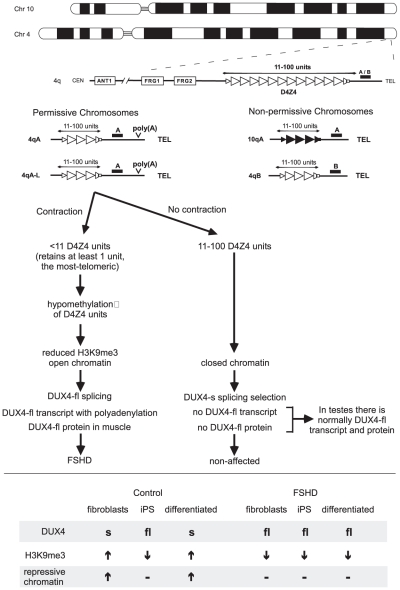Figure 1. Simplified schematic outlining the genetic requirements for FSHD and the current model for pathogenesis.
The Chromosome 4 D4Z4 repeats (open triangles) and its homolog on Chromosome 10 (closed triangles), indicating the 4qA/4qB polymorphisms that define the genetic background of the repeat. Individuals with FSHD have a D4Z4 repeat tract of <11 repeats, at least 1 unit on 4qA but not on 4qB or 10q chromosomes. All permissive chromosomes and FSHD individuals have a distal canonical highly efficient poly(A) motif ATTAAA. Non-permissive chromosomes have inefficient degenerate motifs. Both have alternative poly(A) motifs further downstream. Current model involving contraction, DUX4 transcription, polyadenylation, altered chromatin, regulated DUX4 splicing, tissue- and development-specific DUX-fl protein expression. See text for details. Lower, de-differentiation and differentiation affect DUX4-fl expression in control but not FSHD cells. See text for details.

